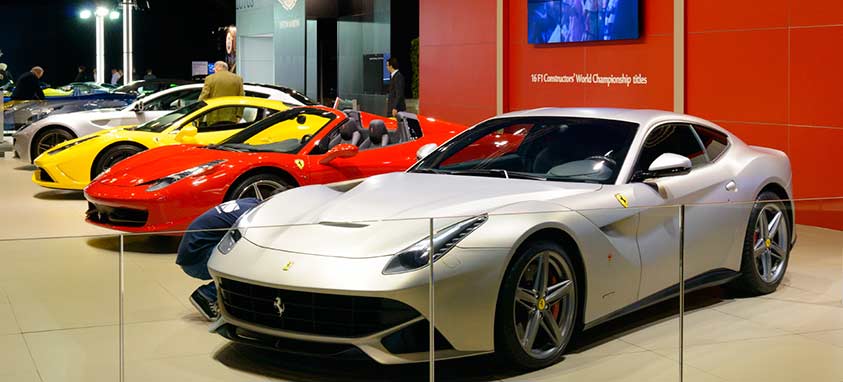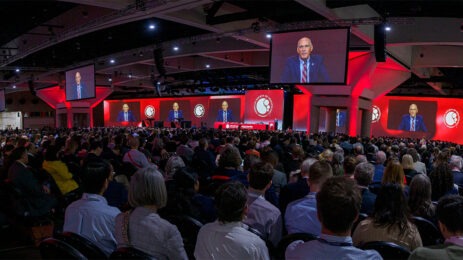This year there are nine major international auto shows, where the latest and often ultra high-end cars are on display. Americans are probably most familiar with the North American International Auto Show (Detroit), Chicago Auto Show and New York International Auto Show, all of which took place earlier this year.
These shows are hugely popular; the January show in Detroit, for example, drew a record 800,000 people, who admired self-driving prototypes, premium electric vehicles and various other concept and production cars. The shows attract enthusiasts interested in luxury and performance automobiles as well as consumers who want to see the cars of the future and shop for the cars of the present.
Cars aimed at specific markets
Brussels, Geneva and Frankfurt/Paris (which alternates) represent European auto shows; Shanghai/Beijing (which alternates) and Tokyo represent Asian shows. The “baby” of the bunch just took place in Buenos Aires, where the Seventh International Automobile Show was held at La Rural Exposition and Convention Center from June 19 to 28.
The Argentine show presented passenger cars and light commercial vehicles. Big carmaker Renault debuted its Duster Oroch, a medium-sized, double-cab pickup. Renault hopes the Oroch, which offers the space and comfort of a compact and SUV, will be attractive to buyers in the Latin American region. Mercedes-Benz plans to produce midsize van Vito–already available in the United States–in its plant near Buenos Aires; in addition to selling the vans in Argentina it will export them to other Latin American countries.
Boost for the Argentine economy
This is good news for Argentina, which produced 617,329 vehicles in 2014–a drop of 22 percent from the previous year. Auto makers in the country reported a 17 percent slide in vehicle exports, which was primarily attributed to little growth in Brazil, Argentina’s main trading partner. Argentina tightened controls on imports and restricted the amount of dollars available to companies after it defaulted on its debt in July 2014. As a result, carmakers complained they did not have enough hard currency to meet production and sales targets.
Carmaker investment in the auto sector, therefore, is welcome and important. Mercedes-Benz pumped in $220 million into its Argentine plant between 2013 and 2015 to improve capacity and handle the Vito’s launch. Joachim Maier, who oversees Mercedes-Benz van production in Argentina, was quoted as saying the company “will be investing further in this location and will be extending our portfolio of products for the Argentine clients.”





